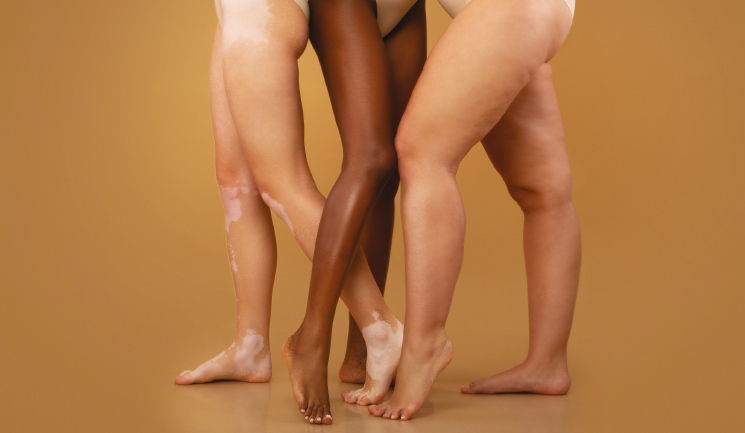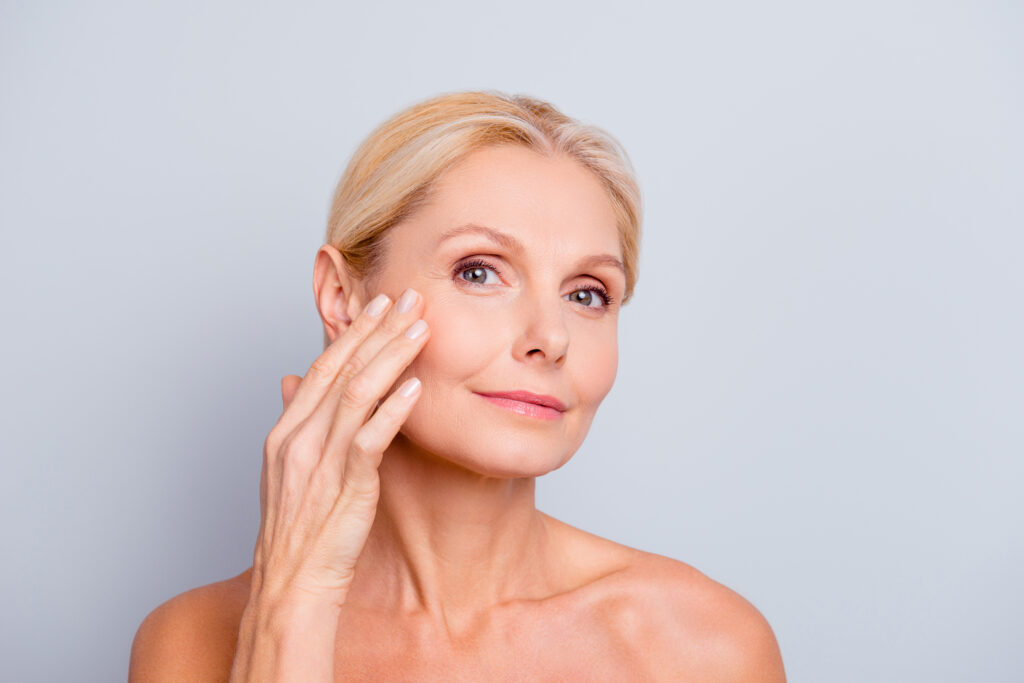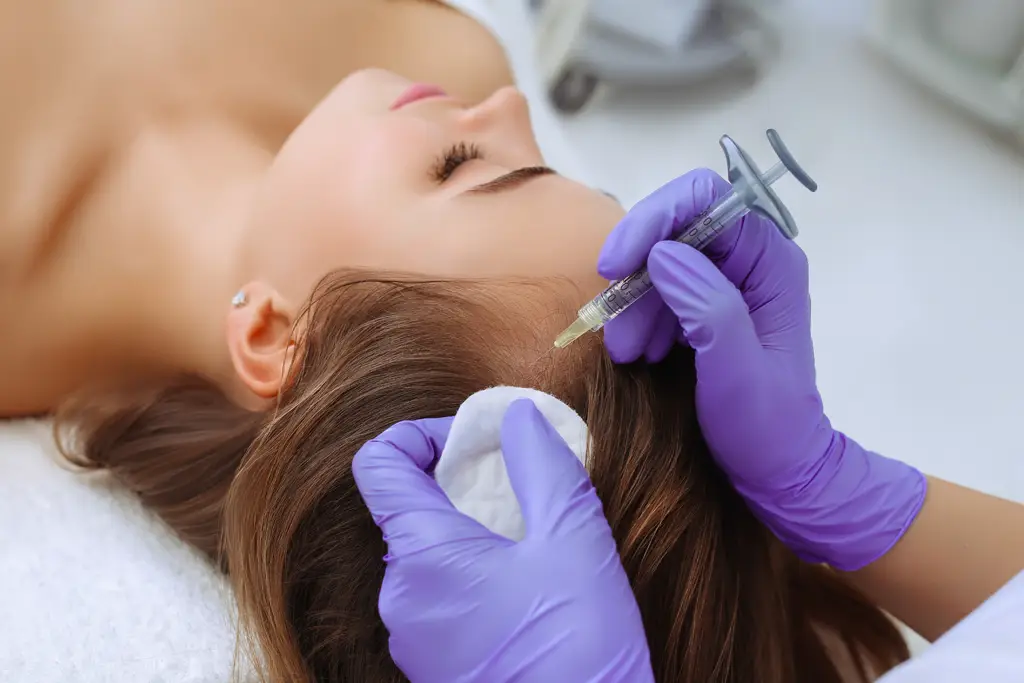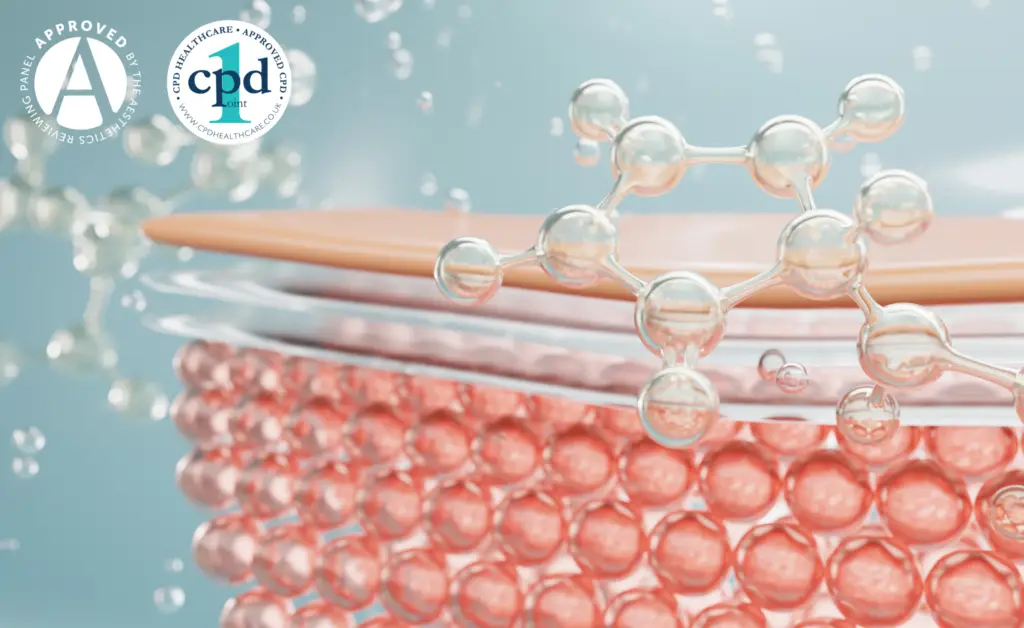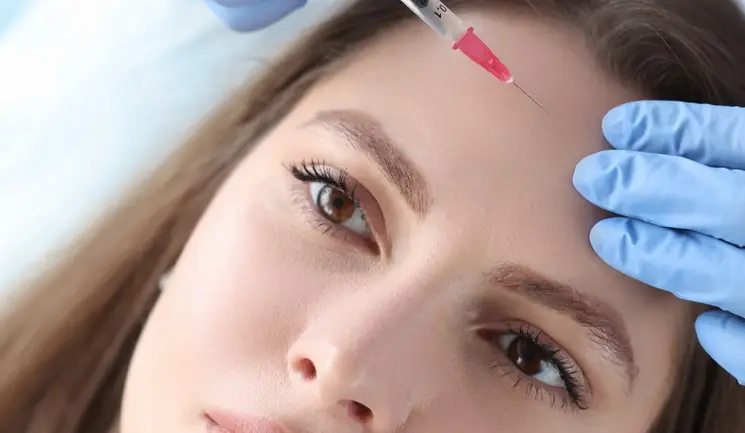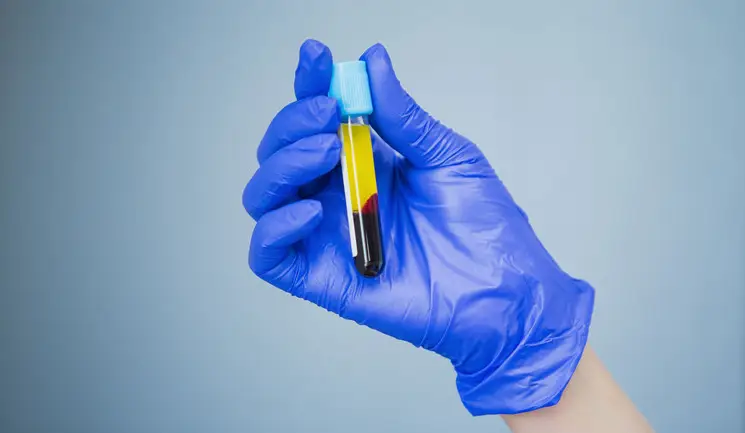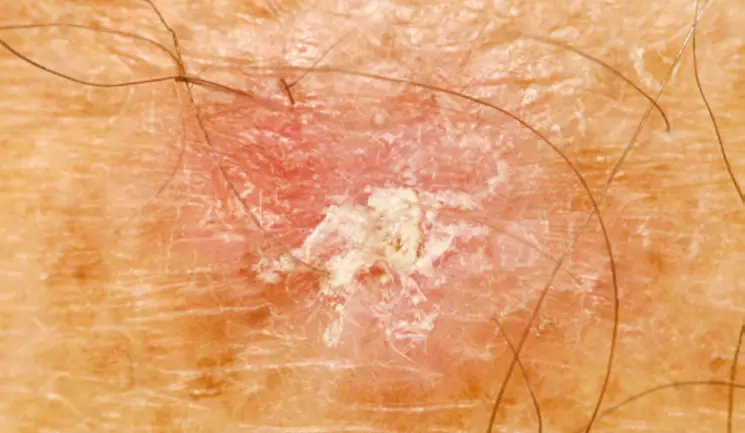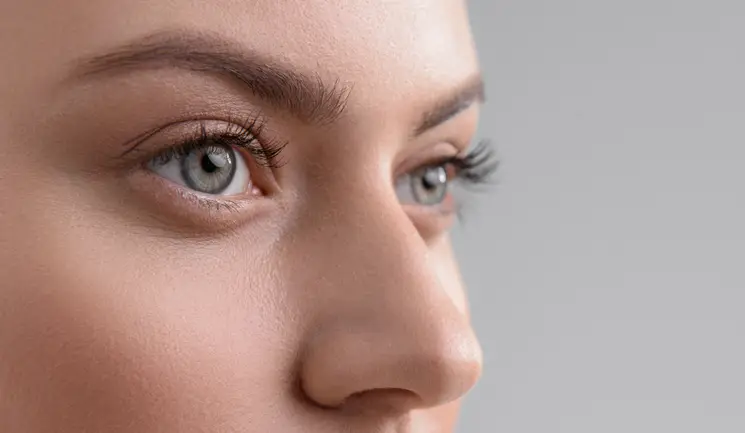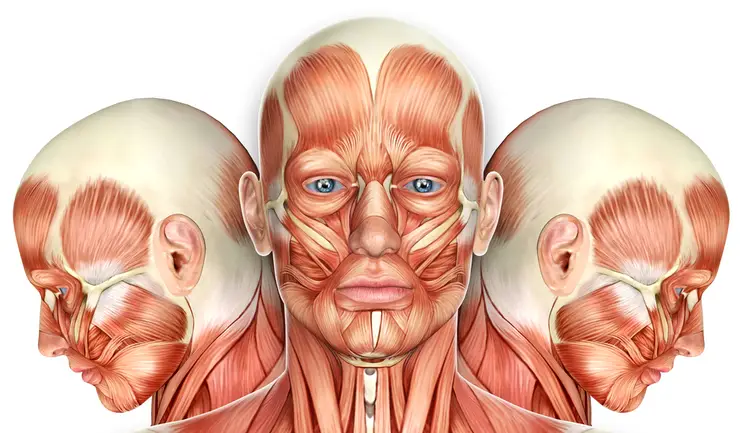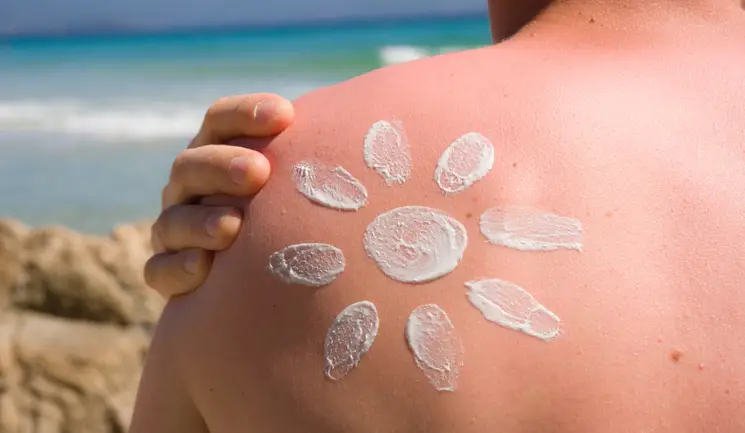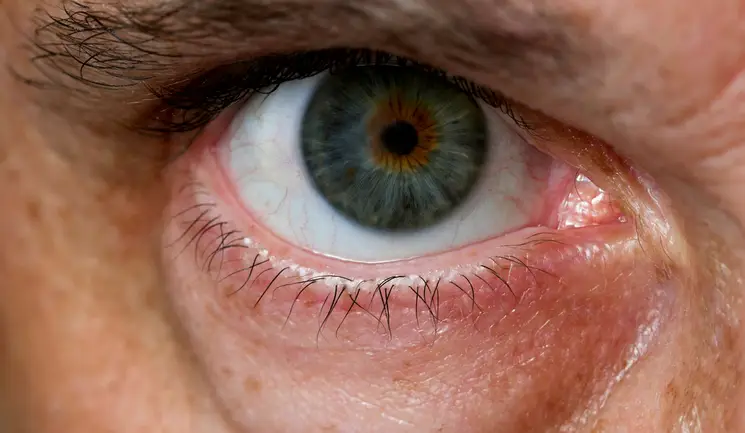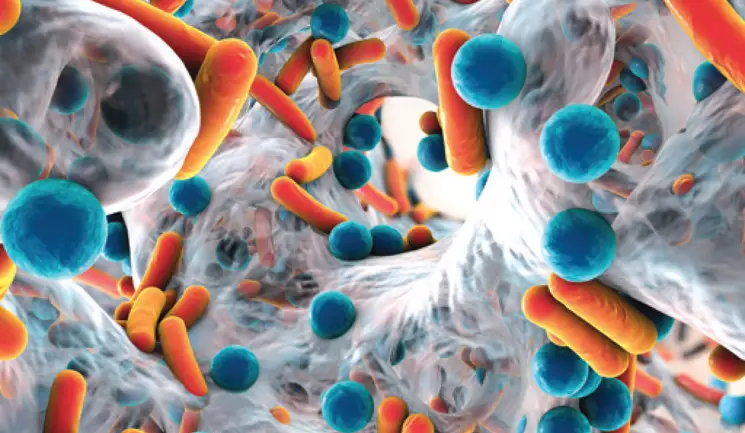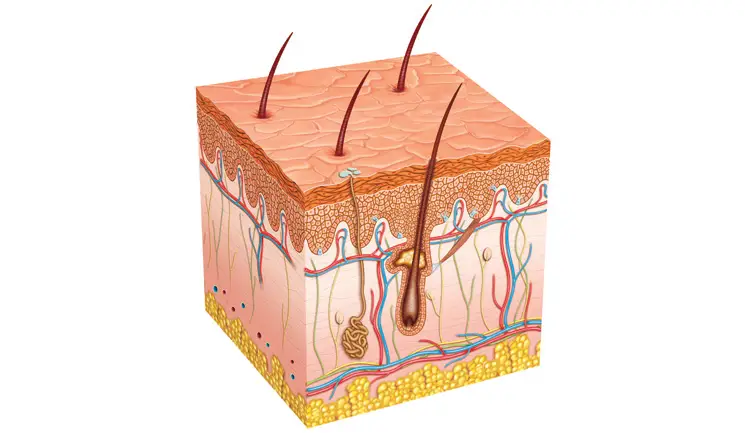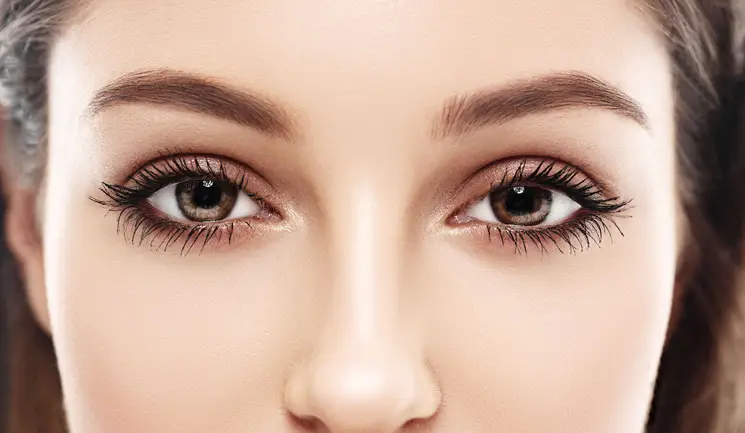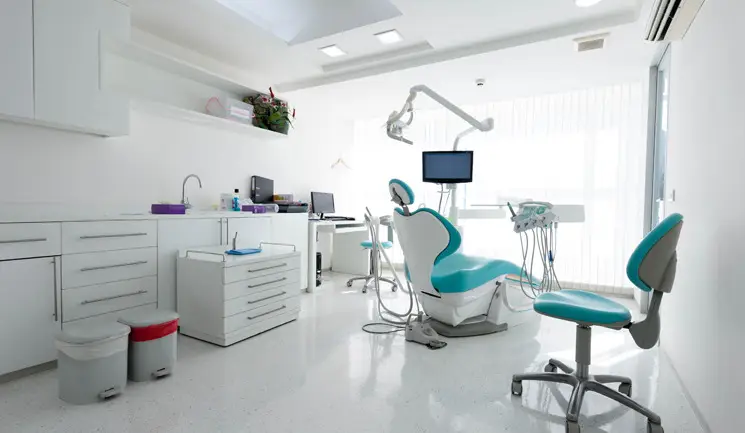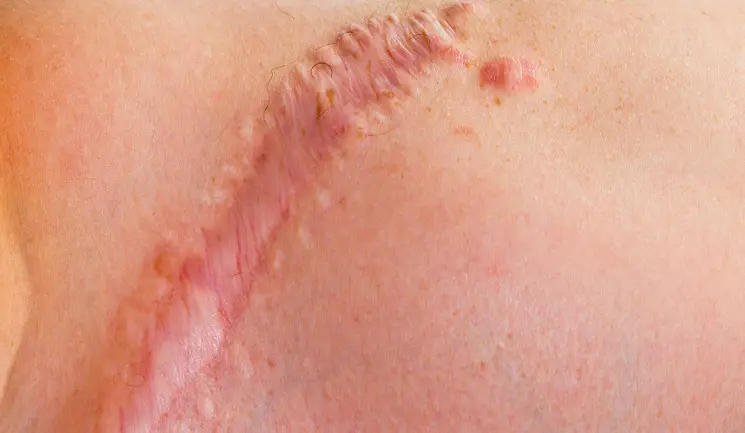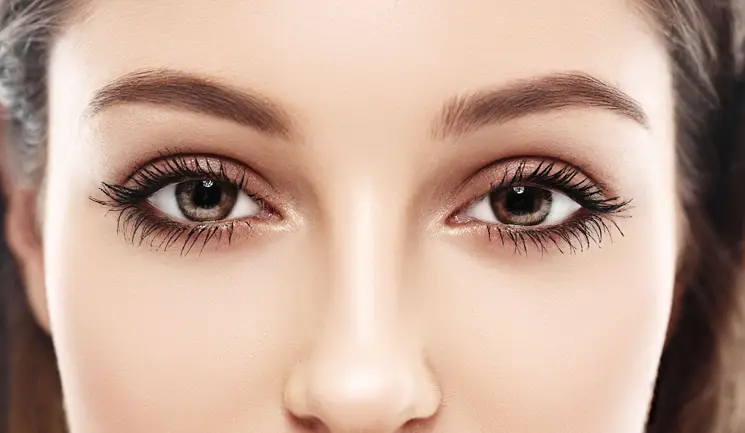In order to improve outcomes, the process of patient selection within the cosmetic industry has received considerable attention from surgeons, psychologists and policy makers. Indeed, as increasing numbers of people are seeking cosmetic procedures it is crucial to ensure that patients are appropriately assessed for their suitability for surgery. Pre-operative screening to identify patients at risk of poor post-operative outcomes is now considered a crucial part of the surgeon’s role in providing appropriate care and treatment. In recognition of the importance of patient selection, we have developed a brief, user-friendly screening tool designed for routine use with cosmetic surgery patients. The tool has been designed to identify psychological factors which are likely to increase the risk of a poor psychological outcome. The tool should be used in addition to a thorough pre-operative consultation and as part of a pathway which includes onward referral where necessary.


